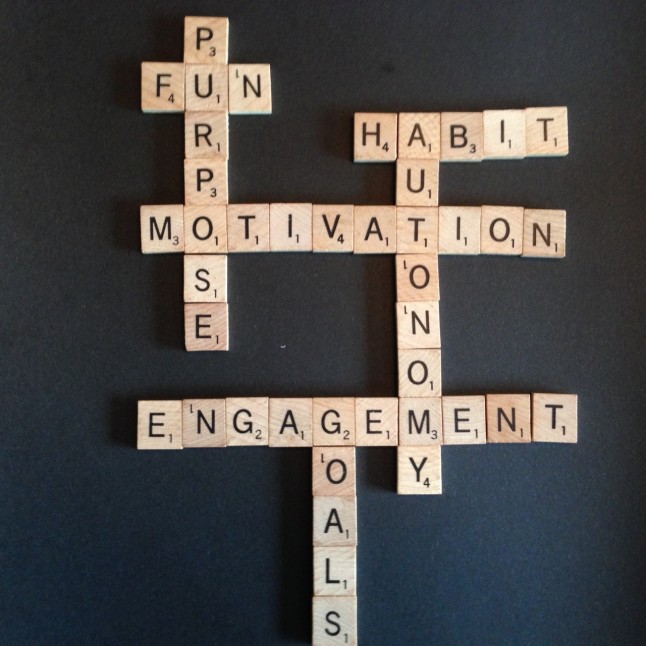What will the future of learning environments look like?
Will learners continue to turn up, in droves, at brick and mortar schools where they will be divided into learning groups by age, sat in desks with the teacher and whiteboard as the focal point, compartmentalized by constricting classroom walls, and taught individual subjects within the narrow confines of a curriculum dictated by an educational governing body? Probably not, so are we then on the cusp of radically altering our learning environments to better suit tomorrow’s learners? – Learner’s whose brain physiologies are changing and whose socially connective needs are rapidly evolving.
Learning environments transcend the traditional four-walled classrooms and may include books/text, e-learning, resources, relationships/communities, assessments, and physical learning spaces. Simply put, learning environments are physical and virtual spaces or objects that are directly connected to the learning process.
Nobody really knows what future learning environments will actually look like, but we know they need to evolve from the current model. In Sugata Mitra’s TED Ed video titled, “Build A School In The Cloud” he talks about the today’s learning environments with reproach. He accurately conveys that today’s model of education is rooted in Colonial British Empire history. A model that was important 300 years ago but not so much any more. This mirrors Sir Ken Robinson’s view of current learning environments in his video, “Changing Education Paradigms.“ Education is a slow institution to change. To better communicate my vision what learning environments might look like beyond today, I thought it prudent to look at the future in two steps – the near future and far future.
Near Future:
I believe learners will continue to attend brick and mortar schools to receive their education, but I expect they will have more choice over their learning. Learners will be permitted more freedom to direct their own learning and pursue their own methods of inquiry. Rather than educators steering learning based on a set of learning outcomes, learners will work in collaborative groups spanning global communities. Learners will find each other and organize themselves based on area of interest rather than age. The near future of learning environments will continue to follow the blended learning model and may include some of the following learning needs:
- Collaboration – many teachers have developed their own personal learning networks to deepen their understanding of how people learn. In the same way, learners will be encouraged to develop their own networks.
- There will be a shift from teaching content to teaching how to learn. Brain science will be explored further with respect to understanding the changing physiology of our learner’s brains.
- Content will continue to move from analogue to digital and involve highly personalized learning.
- Learning won’t be restricted to the confines of a traditional six-hour school day. Learners will follow their own paths of inquiry and take advantage of the expanding role of open education.
- School will need to be resigned into dynamic physical learning spaces. Our current classrooms have changed little in 100 years.
Far Future:
Learners will no longer attend brick and mortar schools to receive their education in the way they currently do, and educators will not be employed by a governing body like they are today. Instead, educators will morph into coaches. Coaches may be ordinary folk who happen to have a certain skill(s) set in demand. This type of learning will likely be conducted in a virtual environment and be available to anyone wanting to develop that particular skill(s). Educational communities will naturally develop as like-minded learners find each other in virtual environments. Like Attwell says in his article, The Future of Learning Environments, “…major impact of the uses of new technologies and social networking for learning is to move learning out of the institutions and into wider society.”
Future learning environments will no doubt be exciting and fulfilling and are very likely to be rooted in science and technology.
- Technology driven – no need for spelling, writing, pens, or pencils in these environments. The evolution of computer interfaces means the end of the keyboard and a shift to cognition form of communication.
- Science driven – Science will continue to help us understand how learn best and we are sure to maximize this in the learning process.
What will future learning environments look like from your perspective?
References:
http://knowledgeworks.org/learning-in-2025
The future of the physical learning environment: school facilities that support the user – http://www.oecd.org/edu/innovation-education/centreforeffectivelearningenvironmentscele/49167890.pdf
http://knowledgeworks.org/future-of-learning


